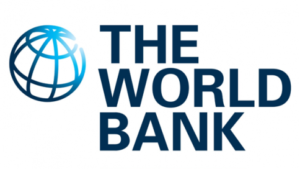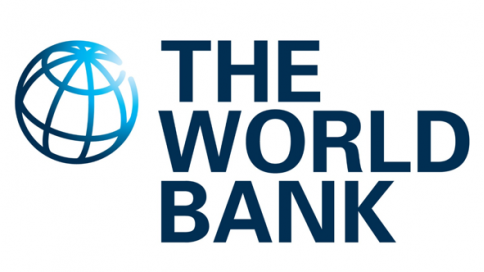Development: World Bank to spend $93bn on Nigeria, others against Covid-19, Climate
December 15, 2021

The World Bank Wednesday announced a $93 billion replenishment package of the International Development Association (IDA) to help low-income countries respond to the COVID-19 crisis and build a greener, more resilient, and inclusive future.
Nigeria ranks among these countries and is currently listed among the top 10 countries with potential humanitarian crisis by the International Rescue Committee.
Scarred by insecurity, corruption and faulty public health system, Nigeria presents a high risk of humanitarian crisis with dire global consequence.
The financing brings together $23.5 billion of contributions from 48 high- and middle-income countries with financing raised in the capital markets, repayments, and the World Bank’s own contributions.
The financing package, agreed over a two-day meeting hosted virtually by Japan, is the largest ever mobilized in IDA’s 61-year history. IDA’s unique leveraging model enables it to achieve greater value from donor resources – every $1 that donors contribute to IDA is now leveraged into almost $4 of financial support for the poorest countries.
“Today’s generous commitment by our partners is a critical step toward supporting poor countries in their efforts to recover from the COVID-19 crisis,” said World Bank Group President David Malpass. “We are grateful for the confidence our partners have in IDA as a non-fragmented and efficient platform to tackle development challenges and improve the lives of millions of people around the world.”
The funds will be delivered to the world’s 74 poorest countries under the 20th replenishment (IDA20) program, which focuses on helping countries recover from the impacts of the COVID-19 crisis. In these countries, the ongoing pandemic is worsening poverty, undermining growth, and jeopardizing the prospects of a resilient and inclusive development. Countries are struggling with falling government revenues; increasing debt vulnerabilities; rising risks to fragility, conflict, and instability; and dropping literacy rates. About a third of IDA countries are facing a looming food crisis.
To help countries build back greener, a substantial portion of these funds go to tackling climate change, with a focus on helping countries to adapt to rising climate impacts and preserve biodiversity. IDA will also deepen support to countries to better prepare for future crises, including pandemics, financial shocks, and natural hazards. While IDA20 will support countries globally, resources are increasingly benefiting Africa, which will receive about 70 percent of the funding.
With this strong package, IDA will be able to scale up its support in the pandemic and address health challenges, helping 400 million people receive essential health and nutrition resources. The social safety nets program is also expected to reach as many as 375 million people.
The IDA20 program has more ambitious policy commitments that will support countries in prioritizing investments in human capital, covering issues such as education, health and nutrition, vaccines, safety nets, and support for people with disabilities. IDA will also increase its ambition in addressing other major development challenges such as gender inequality, job creation, and situations of fragility, conflict and violence, including in the Sahel, the Lake Chad region, and the Horn of Africa. A continued emphasis on governance and institutions, debt sustainability, and digital infrastructure interventions will help foster economic and social inclusion.
Due to the urgent development needs of IDA countries, the replenishment was advanced by one year. IDA20 will cover the period of July 1, 2022, to June 30, 2025. The IDA20 policy architecture builds on the strong foundation of IDA19, with enhancements to make IDA20 even more ambitious and fit for today’s challenges.
IDA19 achievements key to IDA20 include:
Strong COVID-19 response with nearly 70 countries benefiting from IDA financing for vaccines, health professionals’ training, and hospital equipment.
Over 60 percent of climate financing, in fiscal year 2021 alone, focused on adaptation and resilience; IDA helped 62 countries institutionalize disaster risk reduction plans.
Greater debt transparency through the Sustainable Development Finance Policy introduced in IDA19, with 19 countries publishing annual and timely debt reports in fiscal year 2021.







